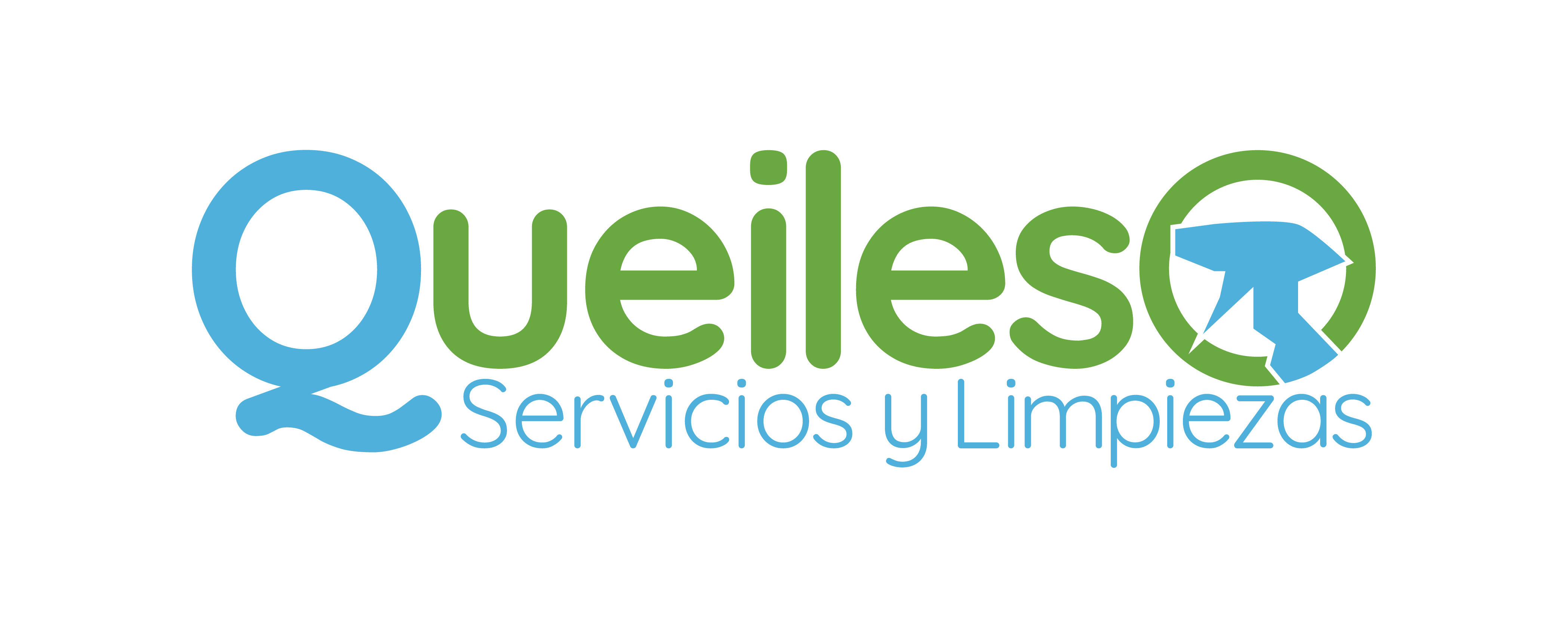Nashville Web Design & Brand Management
It’s common for companies to have an “IC” (individual contributor) track that tops out at titles like Principle UX Designer, and managerial tracks like Product Design Manager. The reason why being able to convey one’s thought process and ideas is a demonstration of skill mastery is because it’s not a simple task. It requires practice, and a solid understanding of the why and how of solving the problem at hand. Regardless of your actual job level, this framework can help you evaluate where you are, and where you may want to direct your experience. When it comes to seniority, the number of years required is less important than the quality of that experience. We are currently seeking a highly skilled and creative Web Designer to join our dynamic international holding company.
What are the key differences between junior, mid-level, and senior UX designers?
This includes how they ask for specific feedback and focus on areas of greater importance to the goal of the design. As a UXer moves up the job ladder, there’s a transition from being production-oriented to strategy-oriented. The industry gives the impression that the “levels” of UX design are defined by salary and years of experience. — creative and friendly team without hierarchy within;— opportunity to work remotely in the office, it’s up to you;— 18 days of paid vacation per year and 5 days of sick leave;— offer compensation for gym memberships;— compensation for educational platforms and English language classes;— corporate English language courses and speaking club;— coverage for psychotherapy sessions on the pleso.me platform.
Presenting and articulating design
Basic UX design skills are important, but they’re just table stakes for the competitive field of product design. If you’re at the start of your UX career, it doesn’t hurt to start embodying the next level you’d like to be promoted or hired for. As aforementioned, the larger the corporation, the more tiers of seniority exist.
Graphic Designer
Throughout this guide, keep in mind that we are speaking to a wide range of individual skills. Let’s dive in by examining real-world differences in how junior, mid and senior level UX designers solve problems. But yes, the job environment you’re in can affect your seniority and your ability to move between levels. You get invited to more meetings, collaborate with other teams (hello marketing!) and manage a lot more Slack channels. As designers move up in rank, they’re expected to own a larger scope of responsibility. This takes on the form of handling more projects at once, and/or handling projects of higher complexity.
A junior UX designer may be the only designer at a startup, and expected to own a design scope for a senior designer working in a large corporation. This article was geared towards the “tiers” of design levels, which are more biased towards traditional corporate environments with large enough budgets for a design team. Experienced designers communicate ideas cohesively and drive the conversation from beginning to end.
With a diverse range of operations spanning across multiple industries, we primarily specialize in the exciting fields of AI/FinTech, Education etc. Traditional, slower-moving companies will want people to “stay in their lane.” It’s real, and it’s worth confronting. Dealing with ambiguity means operating in a space where goals and constraints aren’t yet clearly defined.
- When it comes to seniority, the number of years required is less important than the quality of that experience.
- Whereas junior designers are often left waiting for the next instruction, senior designers are carving their way through ambiguity by setting up meetings and using design principles to guide their approach.
- — creative and friendly team without hierarchy within;— opportunity to work remotely in the office, it’s up to you;— 18 days of paid vacation per year and 5 days of sick leave;— offer compensation for gym memberships;— compensation for educational platforms and English language classes;— corporate English language courses and speaking club;— coverage for psychotherapy sessions on the pleso.me platform.
- But yes, the job environment you’re in can affect your seniority and your ability to move between levels.
- We hope this gives you a strong sense of the expectations between junior vs mid-level and senior UX designers.
That might mean a project’s requirements are fully fleshed out yet, or a debate around which features Middle Web Designer job should be built first.
Senior Creative & Visual Design Consultant
The ability to deal with ambiguity also means getting up to speed, and onboarded onto a project faster. Whereas junior designers are often left waiting for the next instruction, senior designers are carving their way through ambiguity by setting up meetings and using design principles to guide their approach. The inherent power balances within a company, or even a team, can make it so that those at junior levels are more uncomfortable in asking questions and challenging requests. By using this guide, you’ll learn the true differences between UX seniority levels, and get ideas on how to orient your experience to match—or exceed—job market expectations. That’s because “hard skills” like design tools and conducting usability testing are now expected standards of the field, even from junior designers. We hope this gives you a strong sense of the expectations between junior vs mid-level and senior UX designers.
We Are Craftsmen of Beautifully Branded User Experiences
Successful designers —like any other successful contributor—are those who can move project along and gets things done. Part of growing as a designer is also owning the outcome of a project, which are usually dictated by KPIs (key performance indicators), metrics such as user satisfaction score, revenue impact, and launching a project on or ahead of schedule. Senior levels are expected to seek holistic views of the problem, and look beyond surface requests to uncover additional constraints and potential roadblocks.

